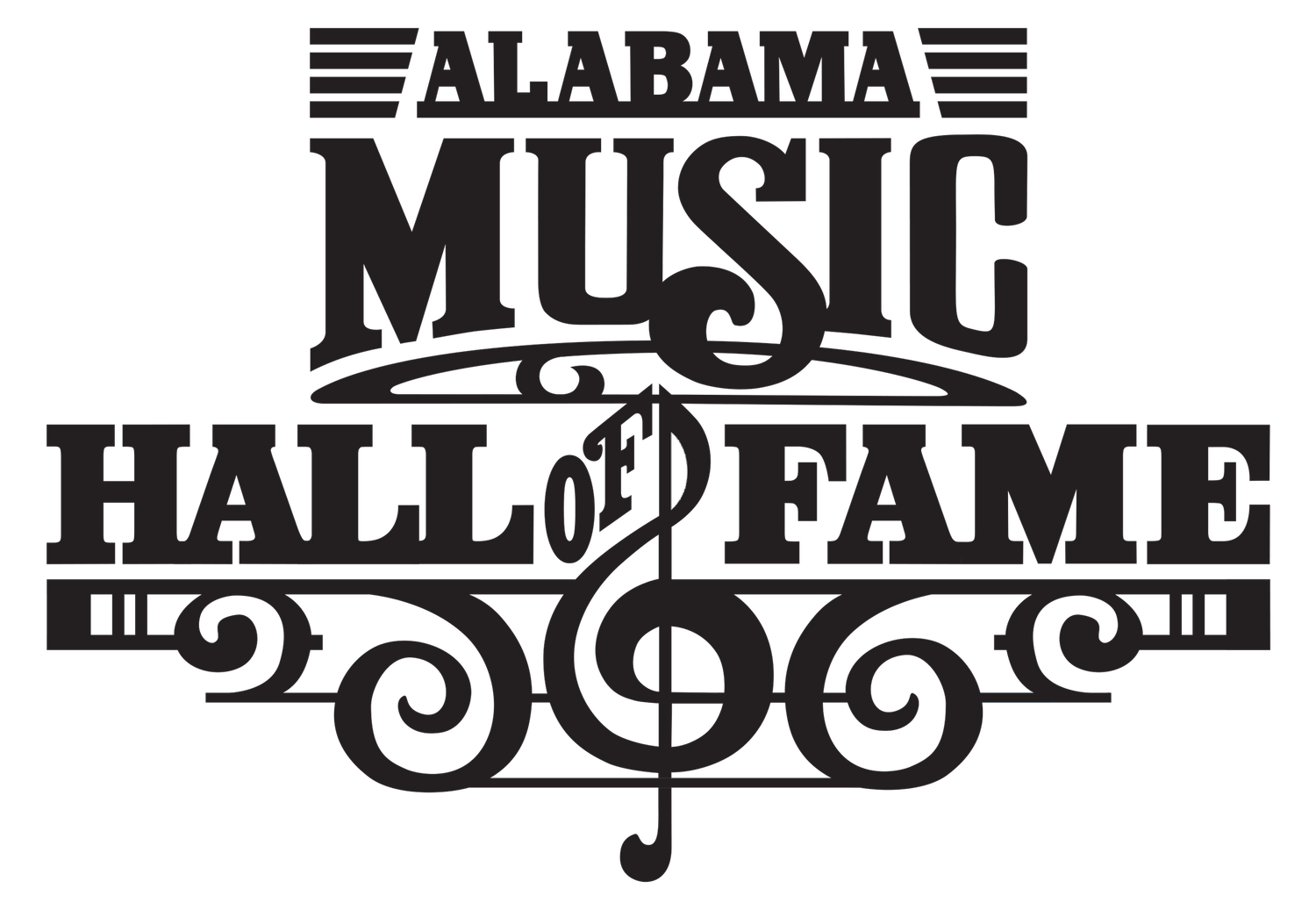W.C. Handy
Nov. 16, 1873-March 28, 1958
1987 Inductee
Florence native William Christopher Handy – a musician, composer, arranger and publisher who became known as the “Father of the Blues” – grew up in a log cabin built by his grandfather, a former slave who served as a minister in the African Methodist Episcopal Church.
As a child, Handy displayed a keen ear for music, cataloging the musical notes of songbirds, the whistles from nearby riverboats and the rolling rhythms of the Tennessee River. He also played organ in his father’s church, Florence’s Greater St. Paul. Although spiritual music was encouraged in the Handy household, music of a secular nature was frowned upon by Handy’s father, who wanted his son to follow family tradition and become a minister.
Despite the lack of encouragement at home, Handy secretly saved enough money to buy a guitar that he saw in a local shop window. When he proudly brought the instrument home, his father made him take it back to the store and exchange the guitar for a dictionary. Handy later purchased a cornet from a fellow musician, keeping it hidden from his father while he spent every free moment practicing.
Determined to pursue a professional path in music, Handy left the Muscle Shoals area for a teaching job in Birmingham when he was 19. He soon quit the low-paying profession and began traveling with the Lauzetta Quartet.
Handy joined Mahara’s Minstrels in 1896, embarking on a three-year tour that took them throughout the Southeast and eventually to Cuba. In 1900, Handy became a faculty instructor and band member at Agricultural and Mechanical College (later Alabama A&M). Disenchanted with the academic world, he rejoined the Mahara Minstrels to tour the Midwest and Pacific Northwest. In 1903, he received an offer to direct the Knights of Pythias Band in Clarksdale, Mississippi, where he heard the folk songs of rural blues musicians in the Mississippi Delta.
In 1909, Handy and his band moved to Memphis, Tennessee, establishing a new home in the vibrant musical surroundings of Beale Street. Combining his own musical style with the sounds he had heard in Clarksdale, Handy began shaping the music he would call “the blues” into an identifiable form he later defined as “the sound of a sinner on revival day.” Handy’s first official “blues” composition – “Mr. Crump,” a campaign song written for Memphis mayoral candidate E.H. Crump – was published in 1912 as the popular favorite “Memphis Blues.”
Two years later, at the age of 40, Handy published his most famous composition, "St. Louis Blues,” followed by the popular “Beale Street Blues.” As his fame and reputation soared, Handy moved his publishing company to New York City, where it still flourishes today. “St. Louis Blues” has been recorded by artists ranging from Bessie Smith, Louis Armstrong, Cab Calloway and Rudy Vallee to Ruth Brown, Harry James, Hank Williams Jr. and Natalie Cole.
Handy compiled the blues tunes of his day into a 1926 book, Blues: An Anthology, and published Negro Authors And Composers of the United States in 1935. As his vision began to deteriorate, Handy penned and published his autobiography, Father of the Blues, in 1941. Two years later, the aging composer and publisher lost his eyesight completely when he lost his balance and fell from a subway station in New York.
Handy died of bronchial pneumonia in New York at the age of 84. Fellow Alabama native Nat King Cole portrayed him in the 1958 biographical film St. Louis Blues, with young Billy Preston cast as Handy in his childhood. The film was released just after Handy’s death.
Although he did not invent the blues, Handy became the first to identity and name the blues, then transcribe, publish and popularize the music for the general public. Memphis honors his memory with the annual W.C. Handy Awards, presented for outstanding achievement in traditional and modern blues. Handy’s beloved hometown of Florence holds an annual weeklong music festival in his honor each summer. His historic log-cabin birthplace has been restored as a city museum and remains a popular tourist attraction.


